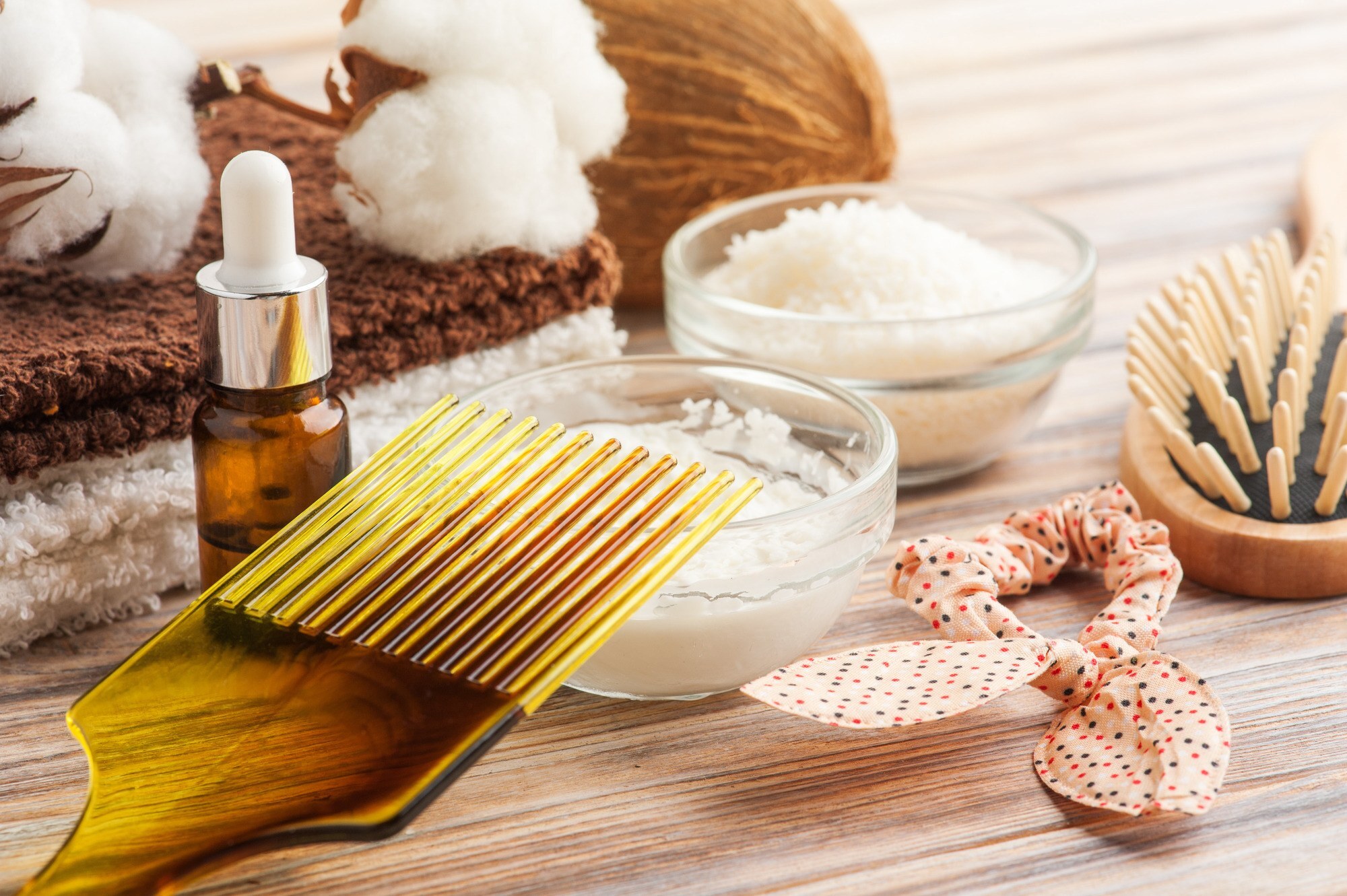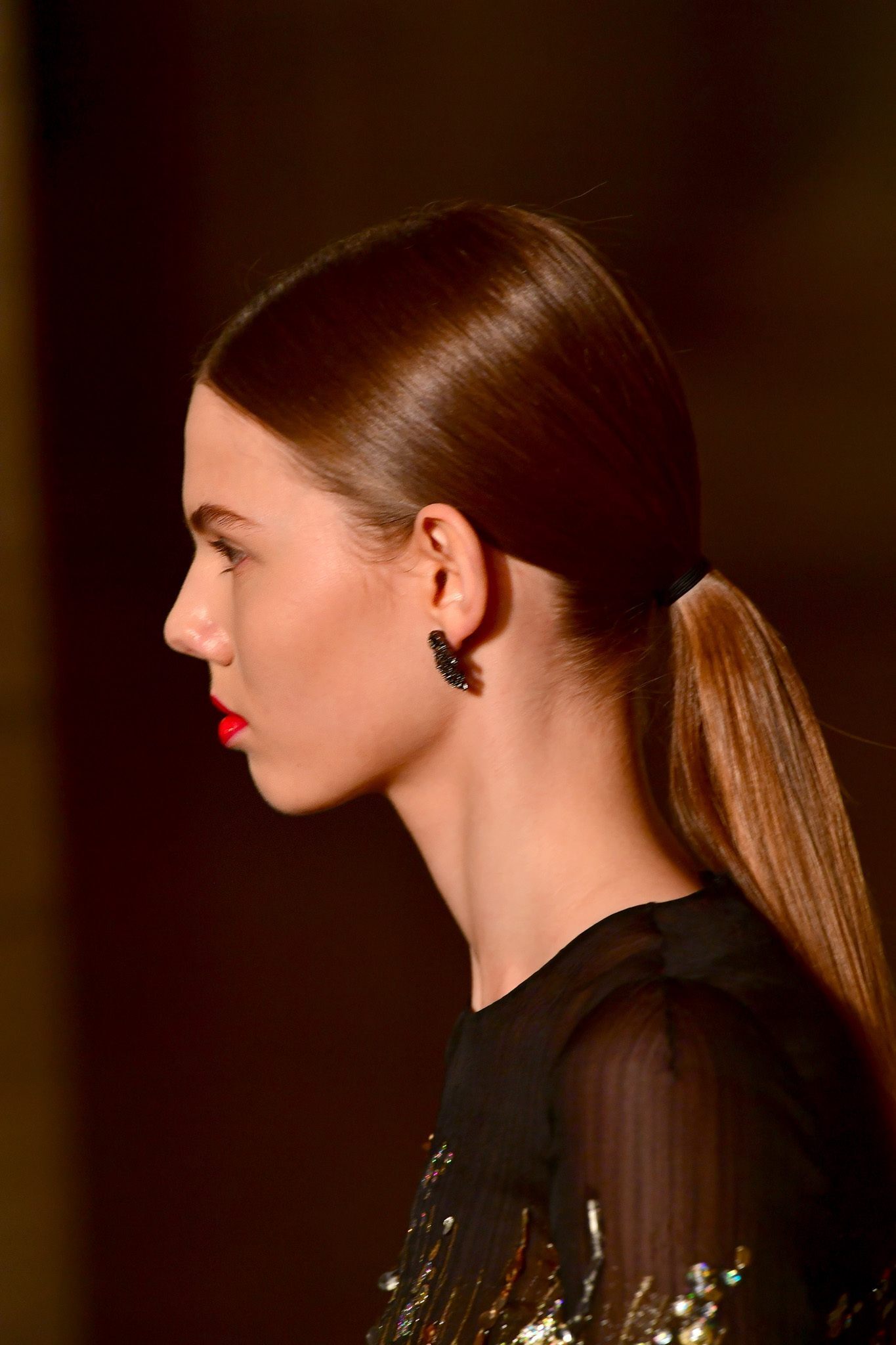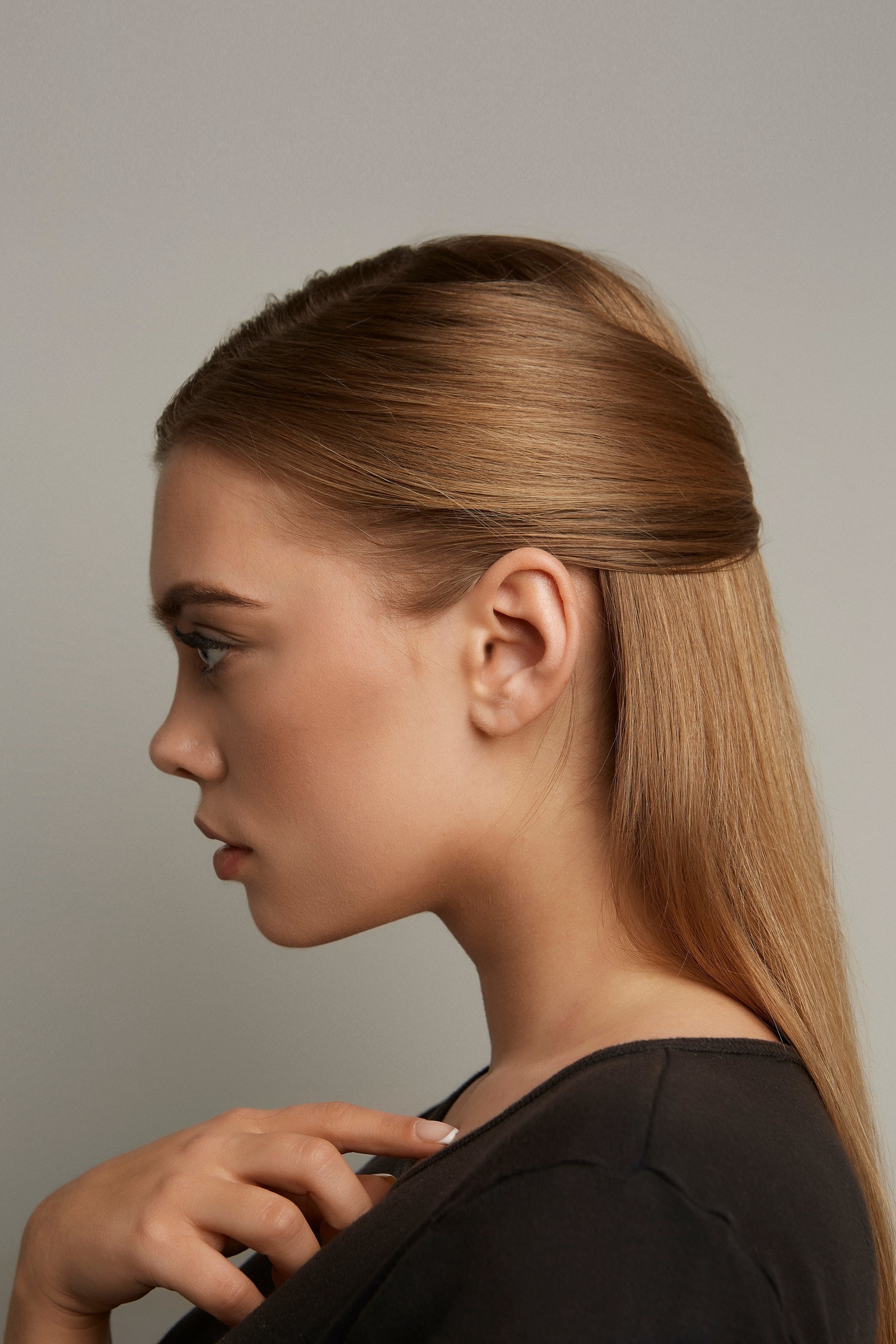Hacks & Inspiration
from Hair Experts at Unilever
How to use coconut oil for natural hair
Kendra | October 20, 2020
We just can’t get enough of this stuff! Coconut oil for natural hair is a total game-changer. Just about every other girl we know with natural or relaxed hair uses it. Nothing compares to the feeling that coconut oil gives natural hair, and we’re sure many can agree with us on this.
Now the question many of us have is whether or not there is a version of coconut oil that is best for natural hair. And the answer is: yes! Read on to find out how to use coconut oil on natural hair and which version of the oil you should aim to stay away from.
Coconut oil for natural hair: why it’s an essential
Why you should use coconut oil
Let’s first discuss why you should use coconut oil for natural hair. Coconut oil is made up of small molecules that can slip into your hair length allowing it to condition your hair from the inside out. If you ever find that your hair needs moisture after applying coconut oil just a few days before, keep in mind this is an oil that penetrates the strands. Basically, it doesn’t sit on top of your hair unless you apply more than what your hair can handle. When it comes to application, a few drops of coconut oil per section of hair goes a long way.
The best type of coconut oil to use
The number of different brands and forms of coconut oils on the market can be quite overwhelming. That’s why you need to find the correct type for hair. Unrefined and organic coconut oil is the best option for natural and/or relaxed hair. Steer clear of refined versions of coconut oil because the filtering process doesn’t only remove impurities from the oil, but also removes some of the nutrients in the oil too.
How to use coconut oil
You can use this oil from head to toe, which is why many of us love it. Use coconut oil on natural hair while deep conditioning to supercharge your conditioner, or to moisturise your natural or relaxed strands. Coconut oil can also add shine to your hair after styling if you’re not a fan of shine hairspray.
How to use coconut oil for natural hair: A step-by-step guide
Section and clip your hair up.
Start by sectioning off your hair. Simply clip the areas you aren’t working with away from your face to make your job easier.
Apply coconut oil
Warm coconut oil for natural hair between your palms before use. Then work it through each section of your hair. Make sure you saturate each of your hair sections fully and evenly! After that, cover your hair with a shower cap and let it sit for 20-30 minutes.
Wash and condition your hair
Wash and condition your hair with a product that is infused with coconut to soften your locks and hydrate your strands. The proteins in the shampoo and conditioner will work well with the hydrating coconut oil in your natural hair.
Our favourite duo for natural hair and relaxed hair is TRESemmé Botanic Nourish & Replenish Shampoo and Conditioner. This haircare system is infused with coconut milk and aloe vera, which gently cleanses and conditions your hair. Most importantly, it won’t strip away all benefits the coconut oil just delivered to your hair.
Rinse and go!
Make sure to completely rinse your hair and scalp, and that’s it! Your locks will feel healthier and hydrated after absorbing all the coconut oil in your natural hair.
How to create a hair mask with coconut oil
The consistency of coconut oil changes depending on the temperature of the oil itself. The colder the oil is, the harder it will be. If the oil is warm, then it will have a completely liquid consistency. Store it in the fridge for a hard paste, and in a room-temperature environment for a softer and more oily consistency.
When it comes to a D.I.Y. coconut oil treatments the consistency will really depend on your process. If you’re looking for a product to apply to your hair after rinsing out your conditioner, use warm (liquid) coconut oil. For a slightly more heavy-duty conditioning treatment, use the coconut oil as a mask.
If you’re in a rush and don’t have time for a D.I.Y treatment, we suggest TRESemmé Moisture & Replenish Botanic Hair Food. This treatment is one of our favourites because the Coconut milk and Aloe vera blend deeply moisturises your hair, leaving it soft and silky. This product also hydrates your scalp.
D.I.Y. liquid coconut oil for natural hair mask
Store it properly
Simply store the jar or tub in your shower. Since this oil is very thick, the heat from your water will help soften it!
How to apply coconut oil
To apply coconut oil on natural hair, run the oil through damp strands while you shower.
The best way to rinse it
Rinse the coconut oil out at the end of the shower for super-silky strands. Make sure to rinse with shampoo to ensure that the coconut oil is out of your hair and off your scalp.
D.I.Y. solid Coconut oil mask
1. How to apply it
After washing your hair, run the paste-like coconut oil through the bottom three-fourths of your hair. The oil will melt from the warmth of your hands as it absorbs into your strands.
2. Let the coconut oil for natural hair sit
Leave the oil on for anywhere from 10 minutes to a few hours. Some people even opt to wrap their hair in plastic and sleep with it in their hair overnight!
3. Wash it out
Whatever time frame you choose make sure to rinse out the oil properly. Wash with shampoo to remove all excess oil.
To remove excess oil from your scalp and your hair we recommend TRESemmé Cleanse & Replenish Shampoo. Formulated to gently remove oils and debris as you wash, this clarifying shampoo removes coconut oil without stripping your strands and scalp.
Products You Might Also Like
Our Tips & Advice
- slide 1
- slide 2
- slide 3
- slide 4
- slide 5
- slide 6
- slide 7
- slide 8
- slide 9
- slide 10
























